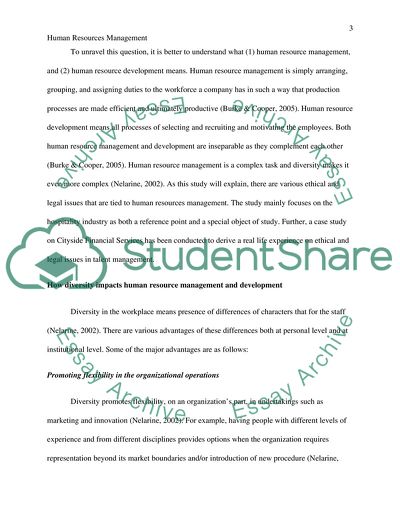Cite this document
(Human Resource Management and Development: the Hospitality Industry Research Paper, n.d.)
Human Resource Management and Development: the Hospitality Industry Research Paper. Retrieved from https://studentshare.org/human-resources/1798294-human-resources
Human Resource Management and Development: the Hospitality Industry Research Paper. Retrieved from https://studentshare.org/human-resources/1798294-human-resources
(Human Resource Management and Development: The Hospitality Industry Research Paper)
Human Resource Management and Development: The Hospitality Industry Research Paper. https://studentshare.org/human-resources/1798294-human-resources.
Human Resource Management and Development: The Hospitality Industry Research Paper. https://studentshare.org/human-resources/1798294-human-resources.
“Human Resource Management and Development: The Hospitality Industry Research Paper”, n.d. https://studentshare.org/human-resources/1798294-human-resources.


